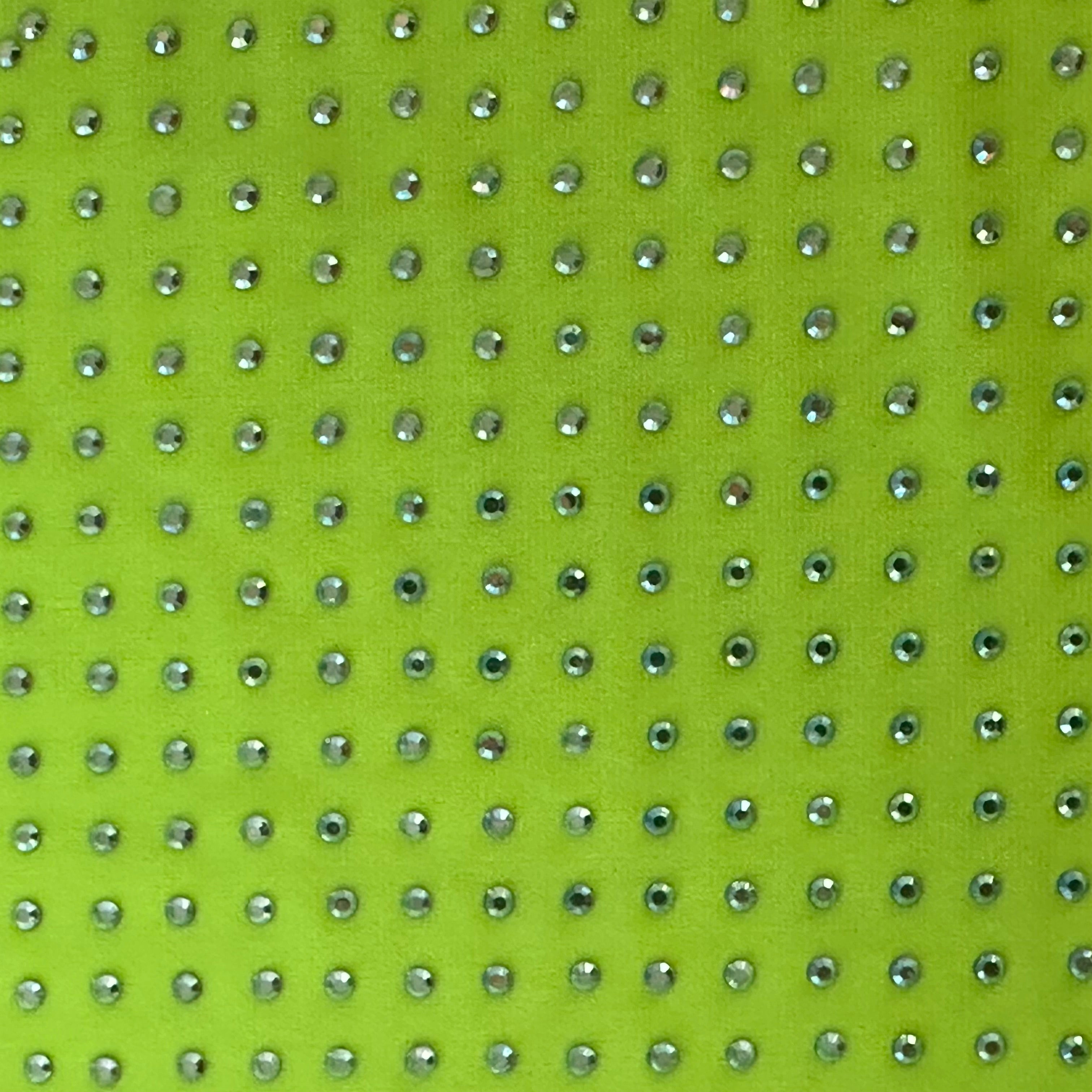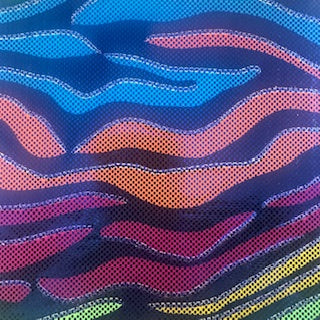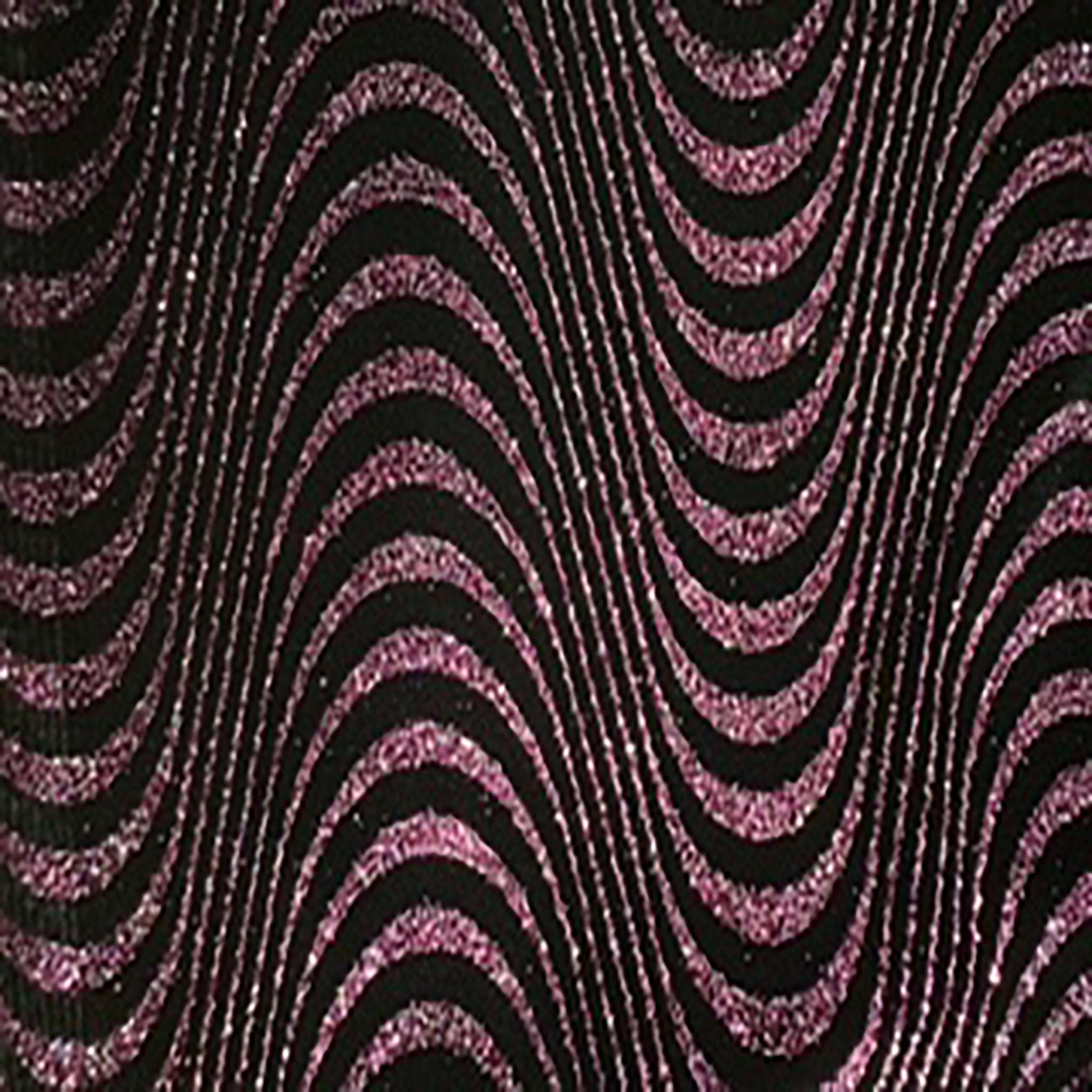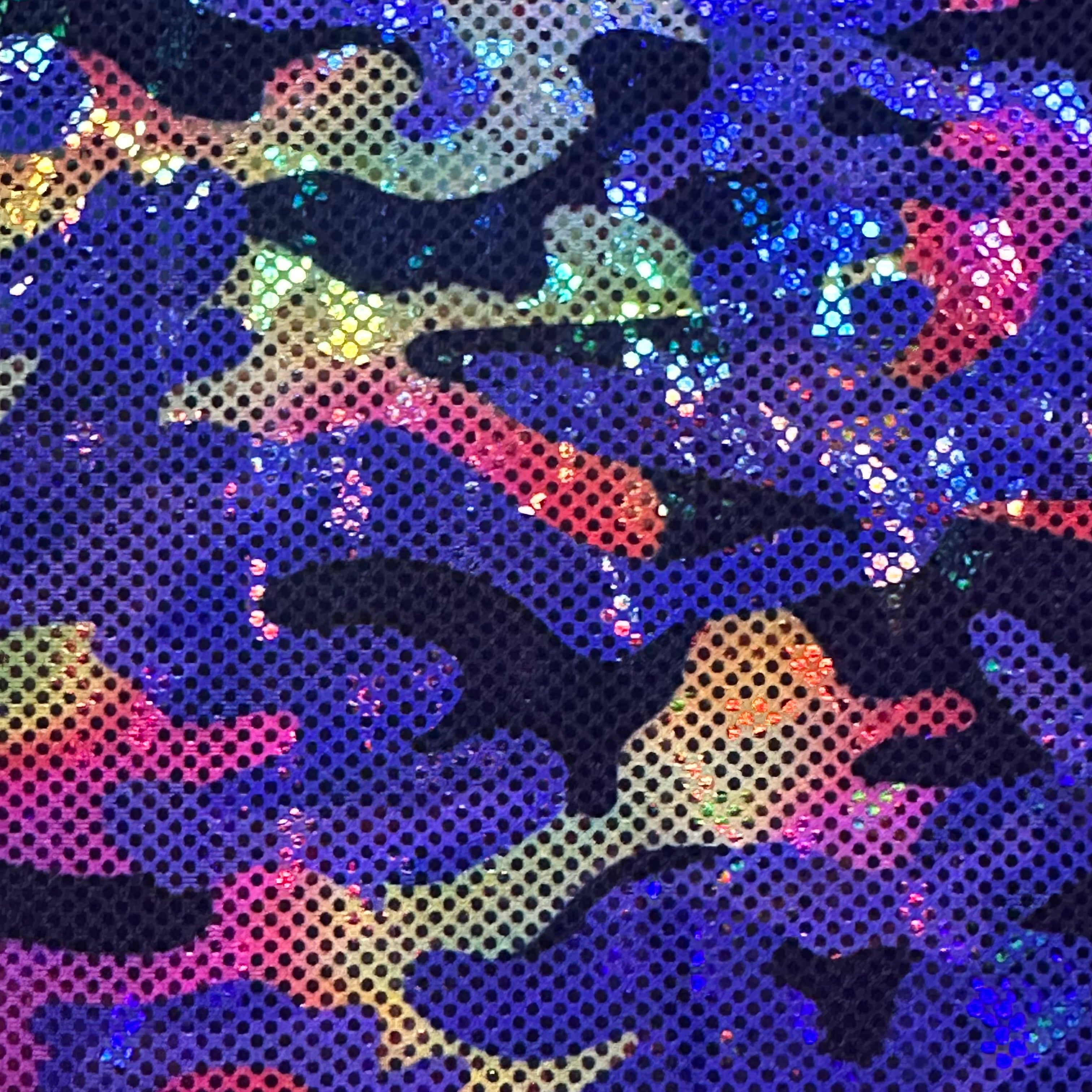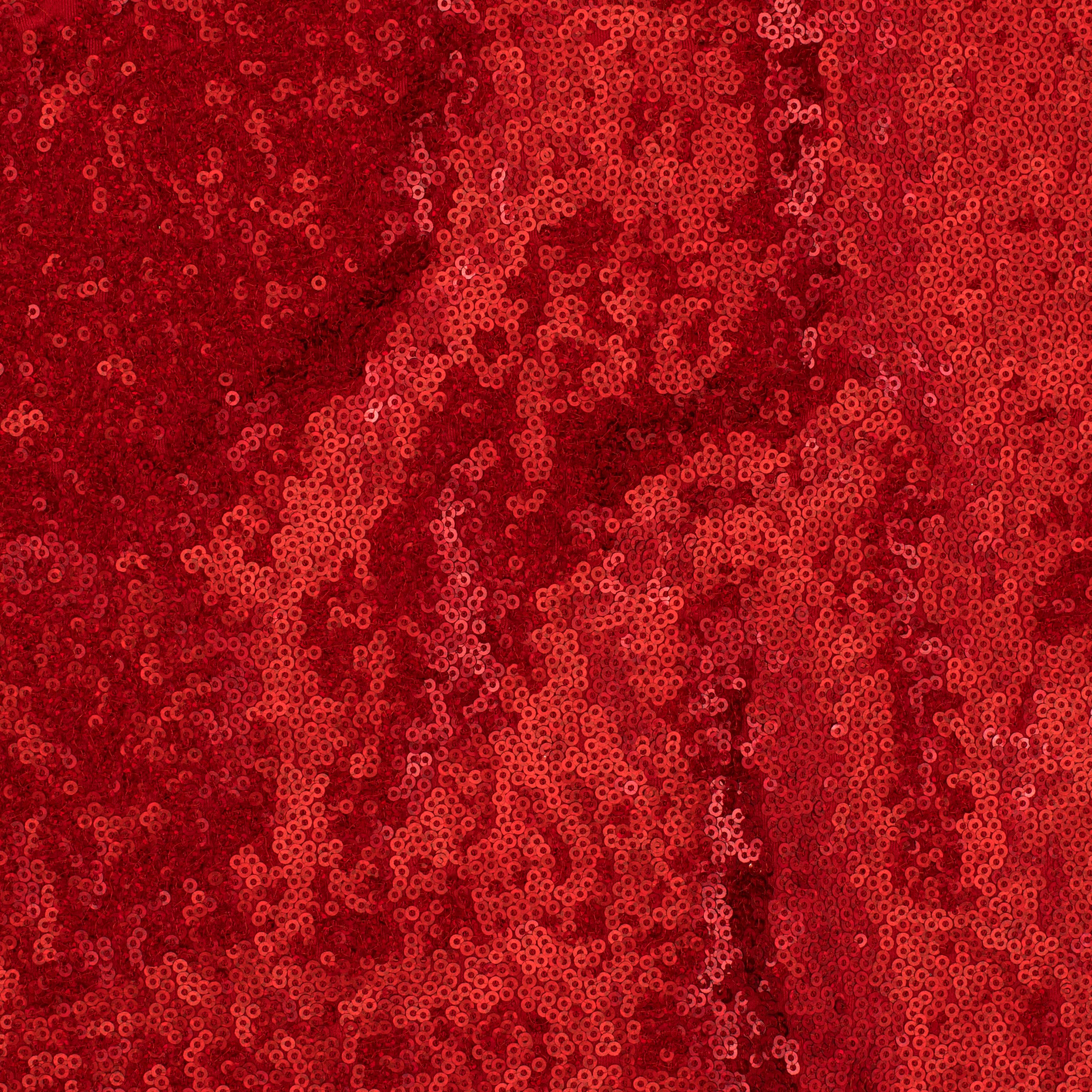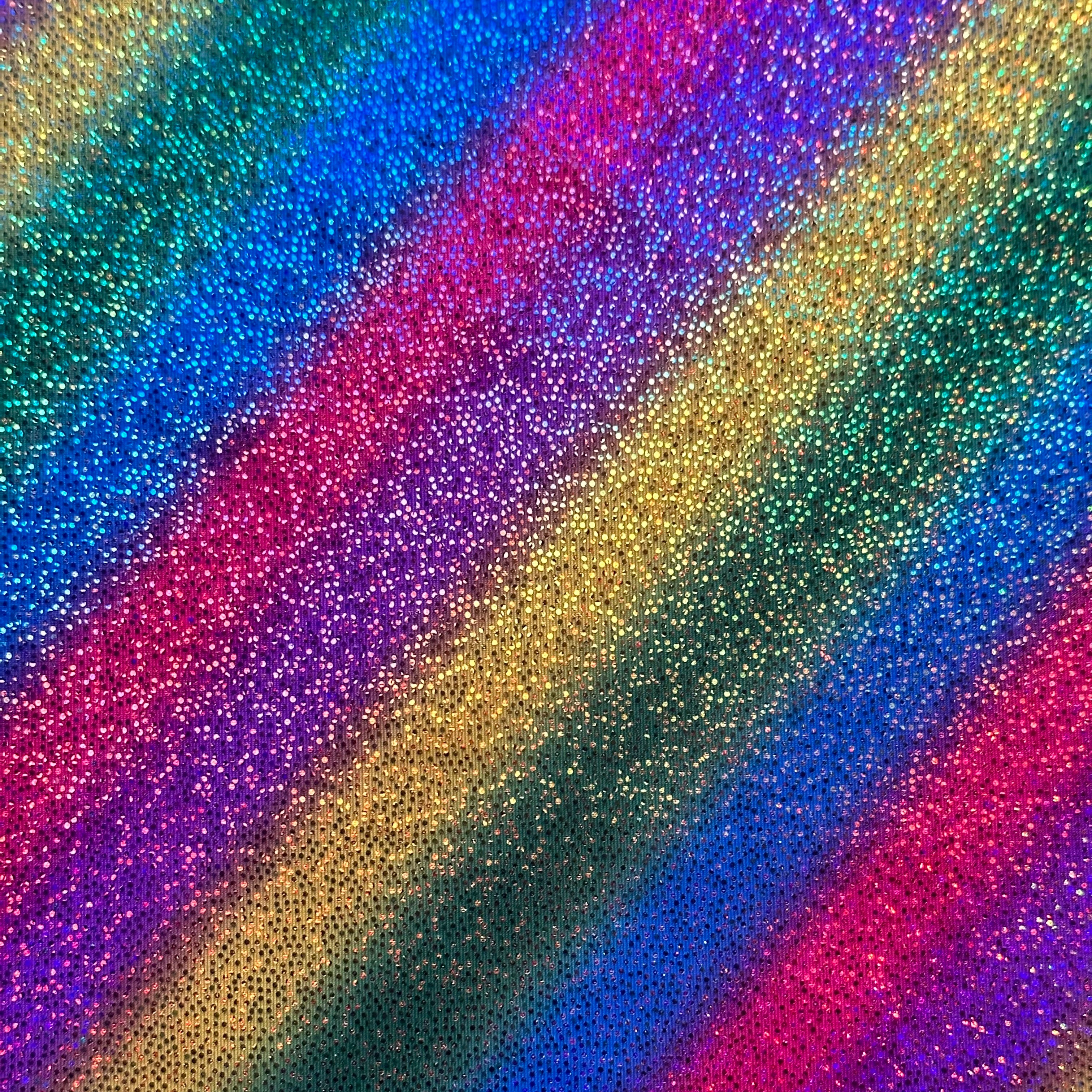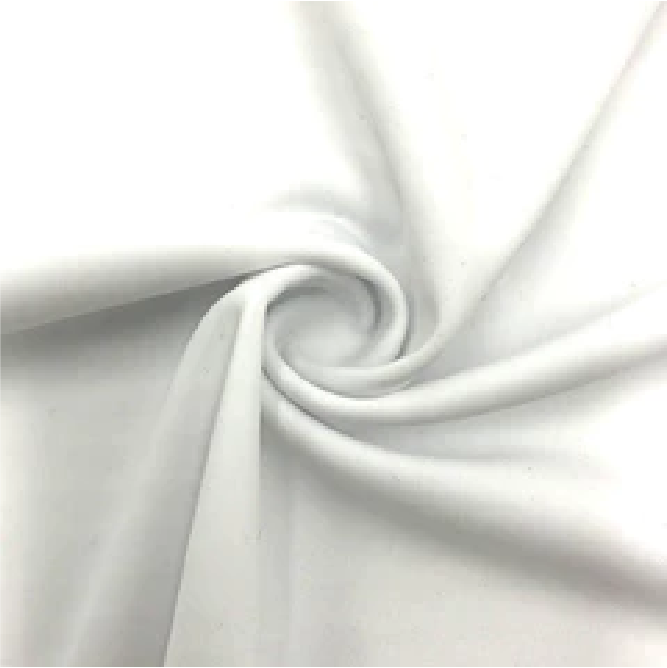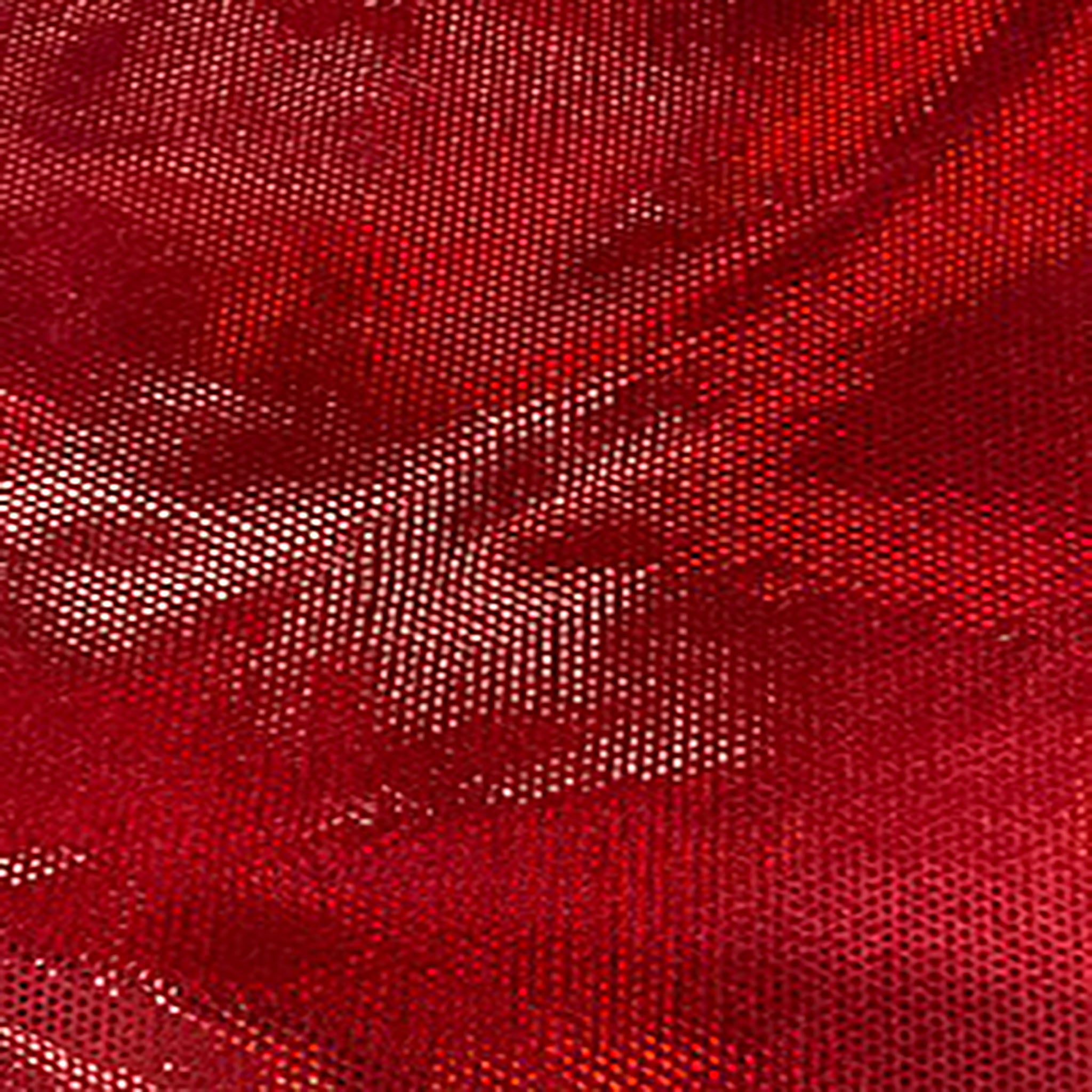Creating stunning garments with nylon spandex tricot can be incredibly rewarding, especially when you know the right techniques. This versatile fabric, beloved for its stretch and durability, is ideal for a variety of applications from activewear to dance costumes. Whether you’re working with plain or foil-enhanced nylon spandex tricot, understanding the nuances of cutting and sewing this material will help you achieve professional results. Here’s a comprehensive guide to help you navigate the process.
Tools and Materials You'll Need
- Sharp Scissors or Rotary Cutter: A sharp pair of scissors or a rotary cutter is essential for clean cuts.
- Cutting Mat: Protect your work surface and make precise cuts.
- Pins or Clips: Use ballpoint pins or fabric clips to avoid snagging.
- Ballpoint Needle: A ballpoint needle for your sewing machine will prevent fabric damage.
- Stretch Stitch or Zigzag Stitch: These stitches allow for the fabric's natural stretch.
- Serge (Optional): For professional-looking seams, a serge can be a great addition.
Preparing Your Fabric
- Pre-Wash the Fabric: Always pre-wash nylon spandex tricot to remove any manufacturing residues and to pre-shrink the fabric.
- Iron with Care: Use a low-heat setting if ironing is needed, as high heat can damage the fabric or foil finish.
- Stabilize the Fabric: Lay the fabric flat on your cutting mat. If the fabric is slippery, consider using tissue paper underneath to keep it stable.
Cutting the Fabric
- Use a Rotary Cutter for Precision: A rotary cutter on a cutting mat provides the cleanest cuts without shifting the fabric. If using scissors, ensure they are very sharp and cut slowly to avoid jagged edges.
- Pattern Layout: Place your pattern pieces on the fabric, aligning the grainline with the fabric’s stretch direction. This ensures your garment will stretch appropriately when worn.
- Pin or Clip Strategically: Pin or clip around the pattern edges to prevent movement. For foil fabrics, clips are often better as they won’t leave holes or marks.
Sewing the Fabric
- Set Up Your Machine: Equip your sewing machine with a ballpoint needle. This type of needle slides between the fibers rather than piercing them, which prevents snags and runs.
- Choose the Right Stitch: Use a stretch stitch or a narrow zigzag stitch. These stitches stretch with the fabric, preventing popped seams.
- Test on Scrap Fabric: Before sewing your project, test your stitch on a scrap piece of nylon spandex tricot. Adjust your tension and stitch length as needed.
- Sewing Seams: When sewing, avoid pulling the fabric through the machine. Let the feed dogs guide it to prevent stretching and warping.
- Serge for Finish: If you have a serge, use it to finish seams for a professional look. A serge trims the seam and encloses the edges in one step, preventing fraying.
Special Considerations for Foil Tricot
- Foil Protection: When working with foil-enhanced nylon spandex tricot, handle the fabric gently to avoid scratching the foil.
- No Ironing on Foil: Do not iron directly on the foil. If needed, use a pressing cloth and a very low heat setting.
- Foil Fabric Care: Finished garments should be washed inside out on a gentle cycle and air-dried to preserve the foil's shine.
Final Tips
- Hemming: For hems, a twin needle can create a professional-looking finish that maintains the fabric's stretch.
- Topstitching: Consider topstitching seams for added strength and a polished look.
- Practice Patience: Take your time, especially if you’re new to sewing stretch fabrics. The results are well worth the effort.
By following these guidelines, you’ll master the art of cutting and sewing nylon spandex tricot, whether you’re working with the standard version or its foil-enhanced counterpart. The key is to use the right tools and techniques to respect the fabric's unique properties, ensuring your finished garments are both beautiful and durable.
Happy sewing from all of us at Spandex Palace! Your creativity and our high-quality fabrics are a match made in heaven.

